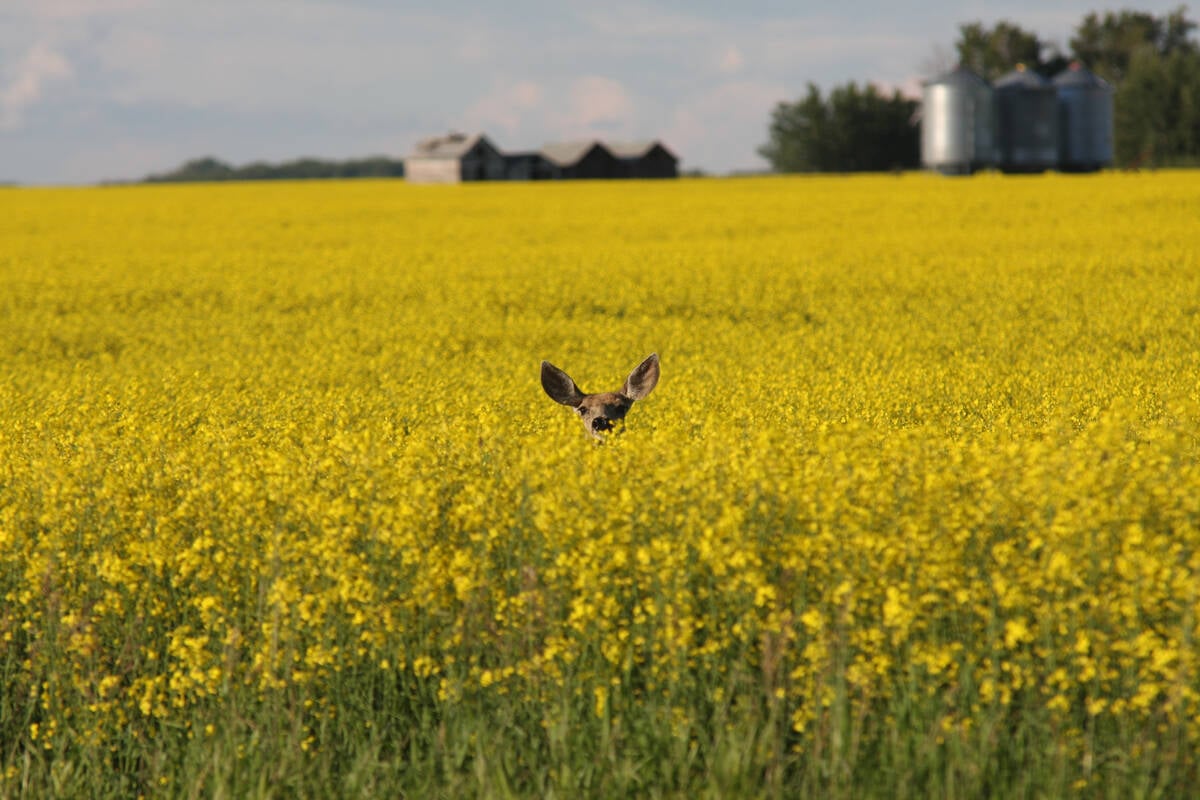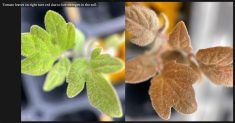Farmers across large swaths of Saskatchewan and Manitoba made significant progress last week in their efforts to stay on top of rapidly growing weed populations.Producers dealing with wet, weed-infested fields have had varying degrees of spraying success so far this year, said Clark Brenzil, weed control specialist with Saskatchewan Agriculture.In the wettest areas, weeds are maturing quickly, crops are stressed and water is still lying in fields, so spraying will be further delayed until more drying has occurred.However, a surprising number of acres have been treated in other areas.“Generally, I was pleasantly surprised by how accessible fields have been … and by how much in-crop spraying had actually been completed,” said Brenzil, who toured a large portion of central and east central Saskatchewan last week.“If there’s a silver lining about all the rain, it’s that herbicides have been working very, very well,” he added. “Once you get to the point where you can get onto that field without pushing down into a rut, most of those plants are going to be working at peak efficiency … so as a result, they are very susceptible to the herbicides.”Brenzil said most plants – crops and weeds alike – are larger than they would normally be at spraying time.In wetter areas, plant injury is a prominent concern.“In those areas, the challenge that we’ve got is that a lot of the plants that are ready to be sprayed are under water stress … so that results in a high risk of injury from the herbicide,” he said. “Generally, in any crops that are stressed, the metabolism of the plant is unable to break down the herbicide so the plant suffers the same effect as the weeds. Any plants that aren’t looking healthy will be at risk of injury.”Brenzil said cereals are probably least susceptible to herbicide injury while pulse crops are most vulnerable.Producers preoccupied with in-crop weed control are also looking nervously at heavily infested fields that were too wet to seed.Weed populations are high on unseeded acres and weeds are well advanced.On those fields, Brenzil advised that first treatments of glyphosate be applied at a heavy rate and that water volumes be maximized to ensure better coverage.Growers should pay special attention to their most worrisome perennial weeds and time glyphosate treatments accordingly, he added.Glyphosate efficacy is likely to vary, depending on the type of weeds present and their stage of growth.In the wettest, weediest areas, some producers might be forced to mow weeds and wait for regrowth before applying chemical.Grant McLean, provincial crop specialist with Saskatchewan Agriculture, said managing wet unseeded acres will be a big challenge this summer.A few years ago, when tens of thousands of acres went unseeded in parts of east-central and northeastern Saskatchewan, many producers found that chem fallowed acres retained much of their moisture and were still too wet to plant the following spring.This time, some growers might be inclined to look at other management options, such as mowing weeds, growing out volunteer crops or treating fields with glyphosate and then seeding a winter crop or a late cereal.Cereal crops seeded in late June or early July are unlikely to produce grain but they will use excess soil moisture and can be cut for greenfeed, silage or swath grazing.Crops such as oats and barley are inexpensive to establish using bin-run seed and are heavy water users.McLean said evapotranspiration research conducted decades ago showed that oats require the most water (635 pounds) to produce a single pound of seed.The ratio for barley was 521:1 and wheat was 505:1.Actual water use of any crop will vary depending on climatic conditions, soil type and seed variety.Many producers are considering winter wheat or fall rye, although some growers are worried about securing certified seed.Brent Flaten, integrated pest management specialist with Saskatchewan Agriculture, advised producers to scout their fields regularly, identify the weeds that are most problematic and seek advice as the need arises.“Definitely, we’re running into some issues in crop where the weeds are quite advanced … as well as (concerns with) advanced crops that may be beyond the window of application in regards to crop stage.”Flaten said many pulse crops that were seeded early will not be sprayed this year because the narrow window for herbicide application had already come and gone.“There may be some dirtier fields than normal out there come fall.”Demand has been high for custom application by aerial and high clearance sprayers, he added.Flaten said glyphosate will not control some weeds if they have advanced beyond a certain growth stage, and farmers may have to resort to tillage.
Read Also

Drones now used to assess wildlife crop damage in Saskatchewan
Wildlife damage in Saskatchewan crops is now assessed by drones and artificial intelligence.















